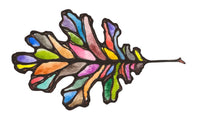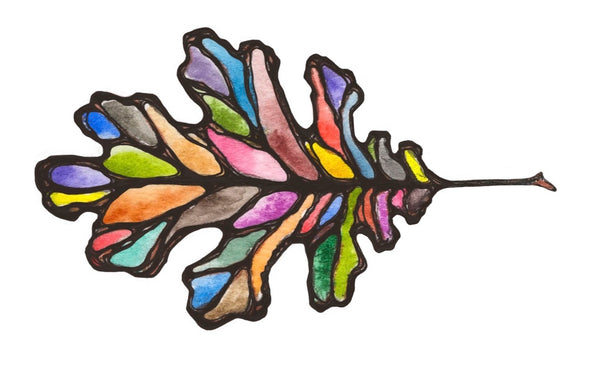
How to Pick Your Palette Series: Primary Color Palettes
The Classic: Primary Color Palettes
Primary colors are both wonderful and terrible, a blessing and a curse, all wrapped up in a great big rainbow trojan horse. But why this double edge? Because of the misconceptions that are so persistently intertwined with most views about how the primary colors function.
They DO NOT make “all of the other colors”.
“Red” “Yellow” and “Blue” are not the building blocks of an infinite galaxy of magical rainbow wonder.
The truth is that properly chosen primaries mix nice secondaries.
This is where that bugaboo color ‘temperature’ comes in. An easy cheat to figure out the temperature of a color is to figure out which way on the color wheel it leans. For example: yellow can be an orangey egg yolk color or a sickly greenish yellow. Leaning towards orange it is warm. Leaning towards green it is cool. When red leans towards purple it is cool and when it leans towards orange it is warm. Blue is difficult. It is easy to pick out a cool blue because it leans more toward green. Blue is so often associated with being a cool color that it can be hard to disassociate with it. Ultramarine is the classic ‘warm’ blue.
The point of distinguishing temperature is that it can help you choose a cohesive set of primary colors that will mix nice, clean secondaries. You want the temperature to be in agreement. If you have ever had the experience of mixing two primary colors and getting an icky poopy color and wondering if the world has been lying to you the whole time about these damn primary colors then you have learned first hand when color temperature disagrees. I know it sounds a little woo-woo, but it’s true.
There are two main routes to go with primary color palettes in the Greenleaf & Blueberry line: Ochre or Mayan. The Ochre primaries are subtle, earthy colors wonderful for landscapes and other paintings of the natural world. The Mayan colors are much brighter, high chroma colors.
I always test cohesiveness of a palette with color mixing rings. It is a great way to compare different possibilities and also gives you a clear picture of what your palette can do.
These are laid out using only three primary colors. From the primary colors, secondaries are mixed. These are your first indications of the cohesiveness of you palette. To the right of each wheel is a mixed drop-down of all of the colors to indicate what kind of browns and blacks are available with a given palette.

These color wheels show two sets of options when choosing a three color palette of Ochre primaries. The difference between the two is the blue. Vivianite is a Blue Ochre, and therefore would complete an “all Ochre” palette. However, Vivianite is a rather expensive paint. The color wheel on the right shows the results of substituting Mayan Blue for Vivianite in an Ochre palette.
The main differences between the two blue options (besides price) are granulation and value range. Vivianite behaves like a mineral pigment and has a lovely granulating texture. When mixed with other colors, the granulation texture is transferred. In this way, you can think of Vivianite as a texturizing color and use it to add that specific effect to different aspects of your painting.
Mayan Blue has a wider value range than Vivianite in that it can go darker- nearly black all on its own. It also reads a more obvious blue.
The next primary wheels are for the Mayan options:

The difference here is again the blue. On the left is a Mayan primary color palette using Mayan Violet and on the right using Mayan Blue #2. This most clearly shows what I mentioned earlier about color temperature. Mayan Violet is really a warm blue. It leans towards purple and therefore red. If your brain is hurting a little as you stare at these colors, you are not alone- my brain hurts trying to explain it. Next look at Mayan Blue #2. It leans more towards being a green-blue and is therefore cooler. What this all means is that Mayan Violet (despite the name giving the answer away) will mix a better purple than Mayan Blue #2. On the flip-side, Mayan Blue #2 mixes a brighter, clearer green.
This is why having a simple three color primary palette is a bit of a mythological little beastie: it makes a nice story, but in practice it’s all a little misleading and confusing. The secondary colors are not equally easy to mix. Orange is generally easiest, followed by green, and purple is certainly the most difficult color to mix up on the fly.

The thing is, there are really no hard and fast rules once you know what you are dealing with. There is a lid for every pot and a person for every color. It never ceases to amaze me the passion with which different color palettes can be loved by the artists who created them. What might look like a mis-mixed baby poop green to me might be the perfect rich shade of moss to another. So, get mixing and see what your rainbow looks like!

As always, wishing you Happy Painting!
~Jess

